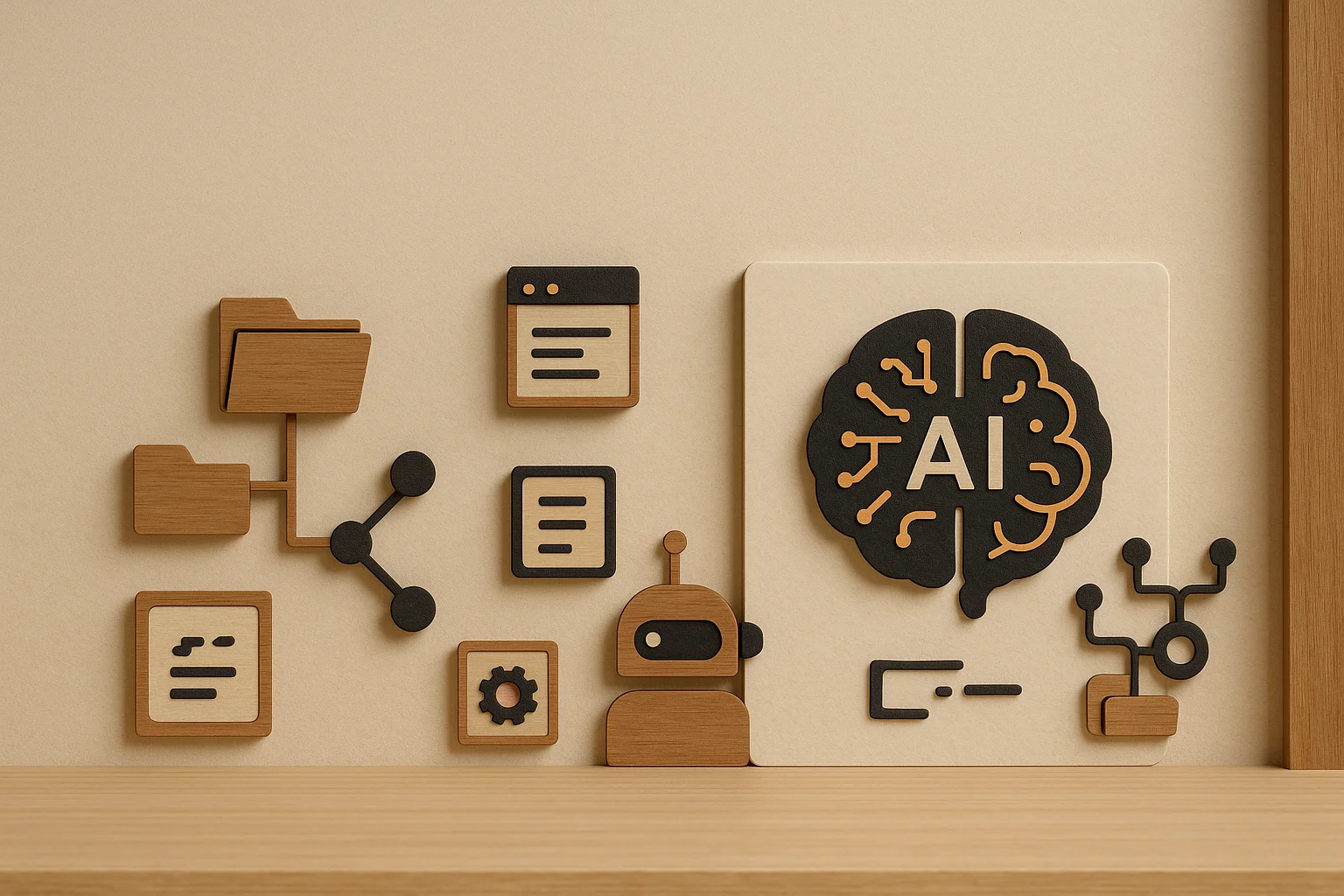AI Tools for Engineers (2025): How to Choose the Right AI Tool for Engineering Teams

Choosing the right AI tools for engineers can boost delivery speed, reduce defects, and improve team morale. This guide explains the main tool categories, how to evaluate vendors, recommended stacks for common team types, and a lightweight rollout plan so you pick an AI tool for engineering that fits your workflows instead of adding overhead.
Key Takeaways
- Start with outcomes, not features. Define goals like fewer bugs, faster PR cycle time, or reduced handoffs. Map tools to measurable results.
- Use a layered stack. Pair generation with independent review and guardrails. Relying on one category creates blind spots.
- Evaluate accuracy, latency, and integration. A good fit respects your repos, CI, and coding standards with low false positives and quick feedback loops.
- Roll out with a pilot. Pick 1 or 2 teams, baseline metrics, and expand only after you see clear ROI.
What Counts as an AI Tool for Engineers
Modern AI tools for engineering cluster into a few practical categories. Many teams mix and match so generation does not go unchecked and review does not slow delivery.
- Code generation and completion: IDE assistance that scaffolds functions, tests, and boilerplate. Best used for repetitive work and exploration.
- AI code review: Independently evaluates diffs for correctness, security, performance, and maintainability before merge. Keeps reviewers focused on real risks.
- Automated testing and QA: Suggests tests, stabilizes flaky suites, and highlights gaps tied to changed code paths.
- Maintenance and refactoring: Finds dead code, risky APIs, and upgrade paths; proposes safe edits with guardrails.
- Docs and knowledge: Summarizes repos, PRs, and incidents to speed up onboarding and reduce context switching.
- Platform integrations: CI/CD, security scanning, and policy-as-code checks that run on every PR without developer friction.
Evaluation Criteria That Matter
Use this checklist when comparing ai tools for engineers.
- Accuracy and signal quality: Low false positives, actionable suggestions, reproducible outputs. Prefer tools that cite code regions and explain why.
- Latency and feedback loop: Fast enough for active PR threads and local development. Async is fine if it never blocks merges.
- Workflow integration: GitHub-native comments, status checks, and CI hooks keep developers in flow. Avoid context switching.
- Policy and compliance: Secret detection, dependency risk checks, and audit logs. Map to SOC 2 and internal review policies.
- Cost and TCO: Consider seat price, model usage, and review time saved. Include maintenance and false positive costs.
- Customization control: Support for project rules, language ecosystems, and ignoring known patterns so noise stays low.
How to Choose the Right AI Tool for Engineering
- Baseline metrics: Track PR cycle time, defects per release, hotfix rate, and time-in-review.
- Define outcomes: Example targets include 25% faster merges and 30% fewer escaped defects tied to PRs.
- Pilot on one or two teams: Keep the scope tight and compare against the baseline for 2 to 4 weeks.
- Tune rules and prompts: Suppress low value findings and align with your style and quality gates.
- Roll out gradually: Add teams once ROI is stable and keep a weekly review to avoid drift.
Recommended Reads
- See our practical overview of rollout patterns in Automated Code Review: A Practical Guide.
- Explore CI and GitHub-native options in Top GitHub Code Review Platforms and Integrations.
- For IDE assistance tradeoffs, read How AI Code Completion Is Transforming Development.
- For team enablement with pair programming, see AI Pair Programming Tools: Complete Guide 2025.
- Measure impact using Code Review Metrics: What to Measure.
Cost and ROI Modeling
For ai tools for engineers, most teams budget a modest monthly seat cost plus usage. A simple model is helpful: estimate hours saved per developer each month in PR review, context gathering, and rework avoided. Multiply by fully loaded hourly cost and compare to licenses and usage. Good stacks return several times their cost once tuned.
Common Pitfalls
- Adopting generation without independent review and policy guardrails.
- Letting false positives pile up and erode trust.
- Ignoring latency and adding friction to active PRs.
- Skipping baselines, which makes ROI hard to prove.
Frequently Asked Questions
What is the best AI tool for engineers?
There is no single best tool for every context. High performing teams use a small stack: generation in the IDE, independent AI code review for every PR, and CI policy checks for dependencies and secrets. Start small, measure, and expand.
How do we evaluate an AI tool for engineering teams?
Run a timeboxed pilot with baselines. Score accuracy, latency, workflow fit, policy coverage, and cost. Require explanations with code references and low false positives.
Will AI tools replace code reviews?
Not replace—upgrade. Quality AI code reviewing takes care of repetitive checks, flags risks early, and even spots subtle issues humans might overlook. The future isn’t AI versus human review. it’s AI + human, delivering better reviews than either could alone.
What results should we expect in the first month?
Most teams see faster merges, fewer nit threads, and earlier risk detection in PRs. With tuning, review time drops and defect rates improve.
Add an AI Tech Lead to Every PR
Propel reviews every pull request for correctness, security, and maintainability so your team ships faster with fewer regressions.


